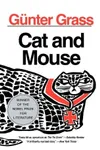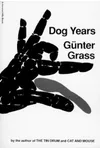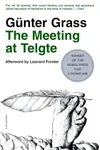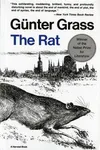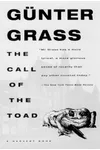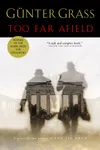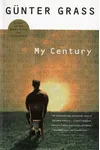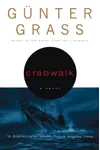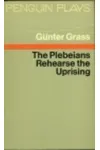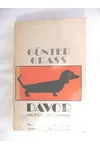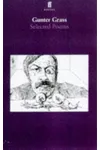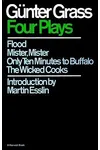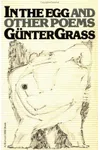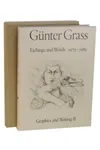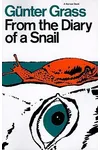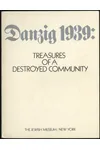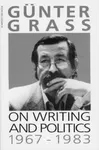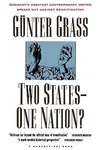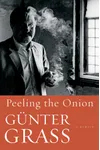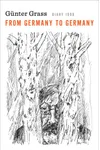Picture a German storyteller who wove magic and menace into tales that shook the world—meet Günter Grass! Born in 1927 in Danzig, this Nobel Prize-winning author tackled Germany’s tangled past with fearless wit. His masterpiece, The Tin Drum, made him a literary legend, but his life, marked by controversy, is just as gripping.
The Making of Günter Grass
Günter Grass grew up in Danzig, now Gdańsk, Poland, in a modest grocer’s family. As a boy, he devoured books and sketched, hinting at his creative spark. World War II upended his youth, and at 17, he was conscripted into the Waffen-SS—a revelation he shared only decades later, sparking debate. After the war, Grass studied art, drifted through odd jobs, and began writing, channeling his tumultuous past into bold stories.
Günter Grass’s Unforgettable Stories
Grass’s debut, The Tin Drum (1959), is a wild ride through Germany’s darkest days, told by Oskar, a boy who refuses to grow up and bangs a tin drum to protest the world’s chaos. Its blend of magical realism and biting satire cemented Grass’s fame. Cat and Mouse (1961) and Dog Years (1963) followed, forming the Danzig Trilogy, each dissecting guilt and memory with razor-sharp prose. Later, The Flounder (1977) mixed myth and history in a quirky feminist fable. Grass’s style—playful, dense, and provocative—made him a voice for reckoning with history.
His work didn’t shy from politics. Grass critiqued capitalism and nationalism, often stirring controversy. His 2006 memoir, Peeling the Onion, revealed his Waffen-SS past, complicating his moral authority but deepening his art’s raw honesty. Whether through novels or poems, Grass pushed readers to confront uncomfortable truths.
Why Günter Grass Matters
Grass’s fearless storytelling reshaped German literature, forcing a nation to face its Nazi past. His Nobel Prize in 1999 celebrated his ability to blend humor with history’s weight. Beyond books, Grass was a sculptor, playwright, and outspoken activist, challenging leaders and inspiring writers globally. His legacy endures in how he showed literature can heal and provoke, urging us to question power.
- Born: October 16, 1927, Danzig
- Key Works: The Tin Drum, Cat and Mouse, The Flounder
- Awards: Nobel Prize in Literature (1999)
Snag The Tin Drum and dive into Günter Grass’s daring world of satire and soul!

